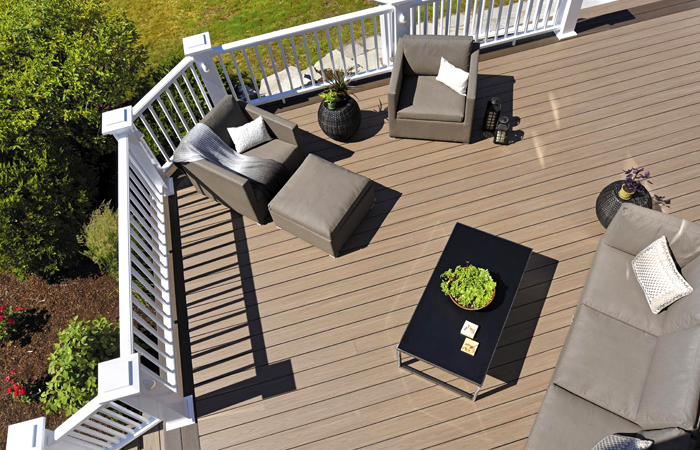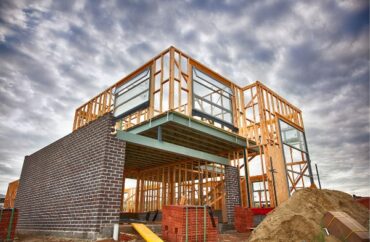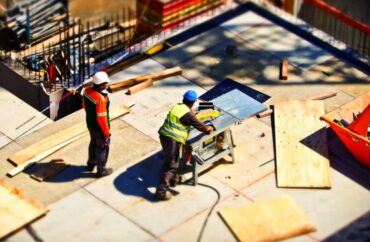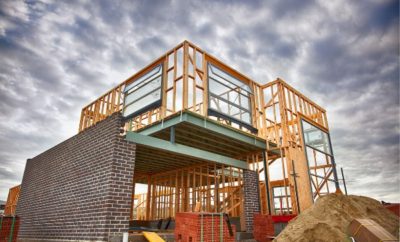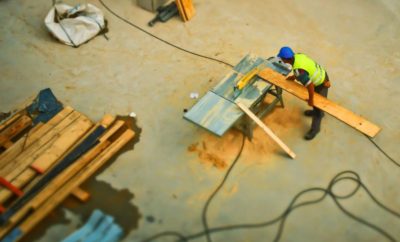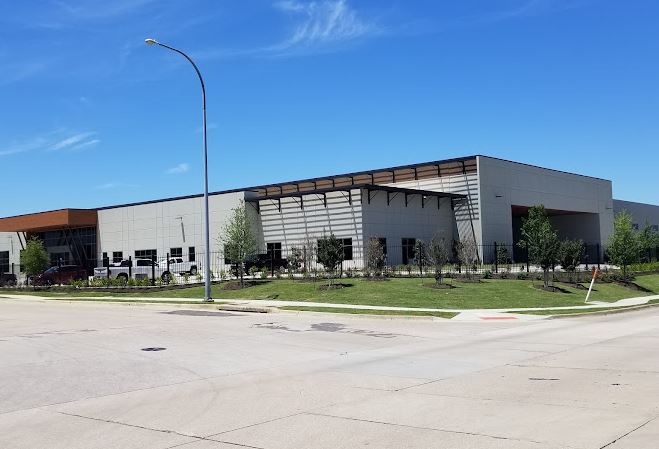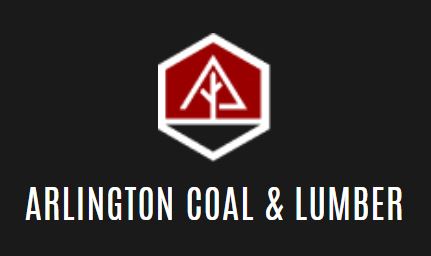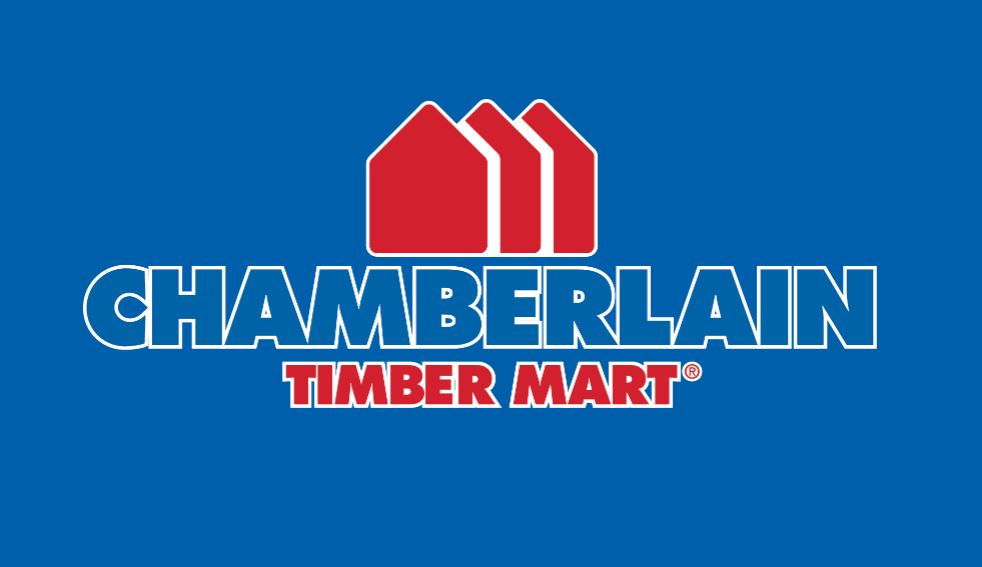
Zillow: Home Prices Level Off as Mortgage Rates Cool the Market
Home values remained nearly flat in October as new inventory dwindled and sales from the pandemic frenzy continued to fall.
According to the most recent Zillow market report, both buyers and sellers are retreating as skyrocketing mortgage rates have brought the housing market back into balance.
“Home prices in October remained in suspended animation as more buyers, but especially sellers, took a wait-and-see approach to market conditions,” said Skylar Olsen, Zillow’s chief economist. “Fewer home sales is the hallmark of a housing market lull, but right now potential sellers sensitive to losing their historically low mortgage rates have as much, if not more, of a reason to wait for a robust spring season and hope for mortgage rate relief. With some renewed competition, buyers hoping for aggressive price declines may be disappointed in all but the frothiest pandemic-era markets.”
Rapidly rising mortgage rates, combined with persistently high home prices, are causing drastic drops in affordability. The proportion of income spent on monthly mortgage payments has risen from 27.7% in February to 37.3% in October, far exceeding the previous peak of 35% in 2006. When housing payments exceed 30% of a household’s income, they are considered a financial burden.
Even with a 20% down payment, the monthly mortgage payment on a typical house in the United States in October was $1,910. This represents a 77% increase year over year and a 107% increase — nearly $1,000 — from 2019. Monthly payment figures are even higher when taxes and insurance are factored in, and when less than 20% is put down, as more than half of borrowers do.
Sales are being hampered by affordability issues. Due to latency, sales counts for the most recent month show a significant slowing in recent months and are 16% to 17% below pre-pandemic October norms.
While it may be tempting to focus on buyers, changes in mortgage rates have a significant impact on seller behavior, keeping more existing homes off the market. While rents have remained high for first-time buyers, homeowners who bought or refinanced when interest rates were near record lows in 2020 and 2021 have substantial home value gains and have little incentive to take out a new home loan, preferring to enjoy their current monthly payment.
To that point, the number of new for-sale listings had fallen by more than 12% month over month, bringing the total number of listings to the market 24% lower than in 2021 and 21% lower than in 2019. Seattle (-28.5%), Denver (-26%), and Washington, D.C. saw the steepest drops in new listings from September. (-24.2%). Month over month, new inventory increased in two major metros — Jacksonville (3.1%) and Tampa (1.3%) — while the smallest declines occurred in other Florida cities and across relatively affordable Midwest metros.
The sharp decrease in new listings has stymied the total inventory recovery that began in March. On Zillow, there are slightly more (1.8%) for-sale listings than a year ago, but far fewer (-36.1%) than in October 2019.
With both supply and demand dwindling, home values in the United States have remained stable, rising 0.1% since September for the fourth month in a row. The average home value is $358,458, up nearly 12% from 2021 and 43% from before the pandemic. Tampa (72%), Austin (64%), Jacksonville (62%), and Phoenix (60%), are the major metros with the highest home value appreciation since 2019.
Some expensive Western markets, such as Los Angeles (+0.8%) and Riverside (+0.4%), abruptly ended steep price declines; only time will tell if September marked the bottom for price declines in these cities. Among major metro areas, Las Vegas (-2.3%) and Austin (-2.2%) experienced the steepest declines in home values.
The Zillow Observed Rent Index fell 0.1% from September to October, capping a two-year streak of rent growth. The drop is a small step toward normalcy, resembling October drops seen from 2017 to 2020. The average rent in the United States is now $2,040, up 9.6% from last October and nearly 27% since 2019.


